- Home
- Transportation
- The incredible story of Elon Musk, from getting bullied in school to the most interesting man in tech
The incredible story of Elon Musk, from getting bullied in school to the most interesting man in tech
Elon Musk was born on June 28th, 1971, in Pretoria, South Africa.

His father Errol Musk, an electronics engineer, once said, “Elon has always been an introvert thinker. So where a lot of people would go to a great party and have a great time and drink and talk about all sorts of things like rugby or sport, you would find Elon had found the person’s library and was going through their books."
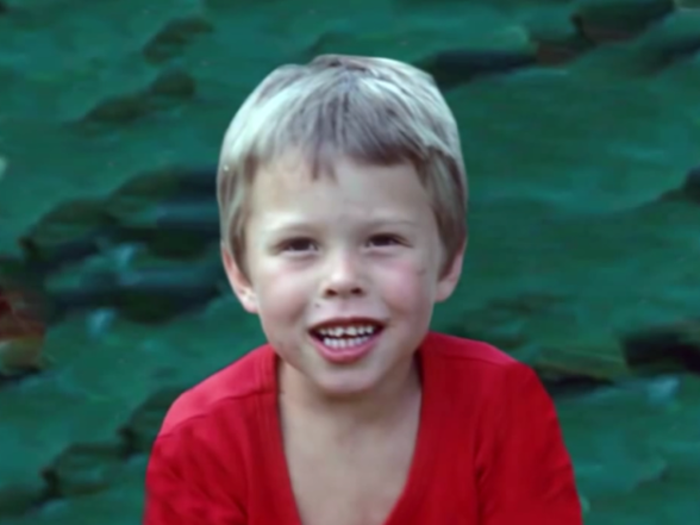
Source: Fortune
Elon's mother Maye Musk, a Canadian national, is a professional dietitian and model who has appeared on boxes of Special K cereal and the cover of Time magazine.
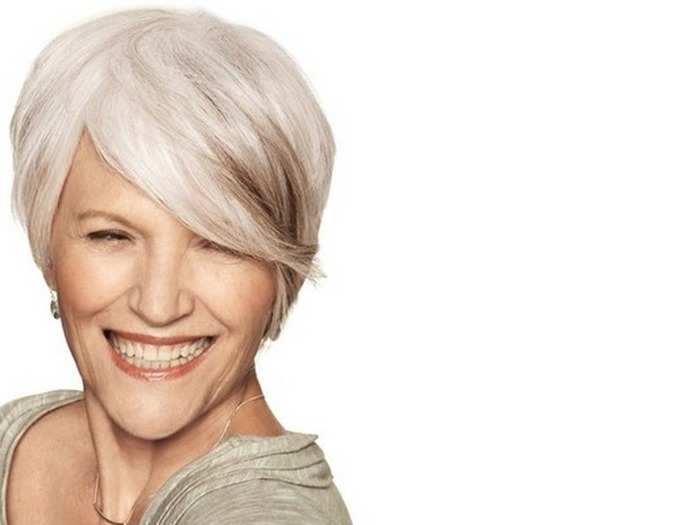
In 1979, Errol and Maye Musk divorced. The nine-year-old Musk and his younger brother Kimbal decided to live with his father.
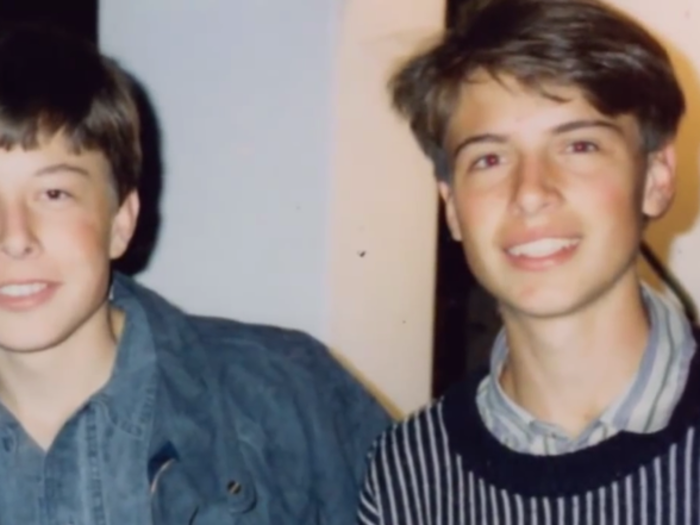
In 1983, at the age of 12, Musk sold a simple game called Blastar to a computer magazine for $500. Musk once said it was “a trivial game…but better than Flappy Bird.”
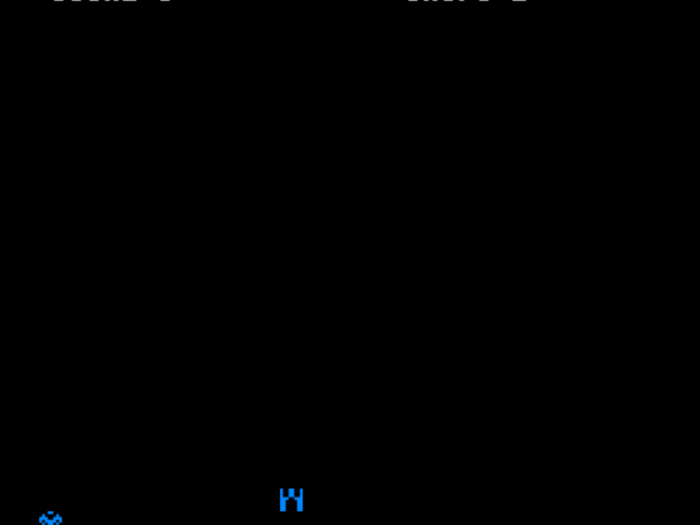
Source: WaitButWhy
Still, Musk's school days weren't easy. As related in the book "Elon Musk: Tesla, SpaceX, and the Quest for a Fantastic Future," he was once hospitalized when a group of bullies threw him down the stairs and beat him until he blacked out.

You can buy Vance's book here.
After graduating high school, Musk moved to Canada, along with his mother Maye, his sister Tosca, and his brother Kimbal. He spent two years studying at Queen's University in Kingston, Ontario...
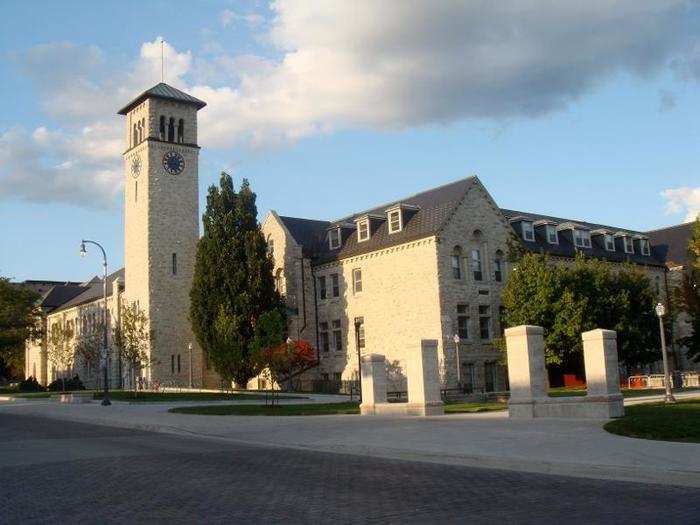
...but he finished his studies at the University of Pennsylvania, taking home one degree each in physics and economics.
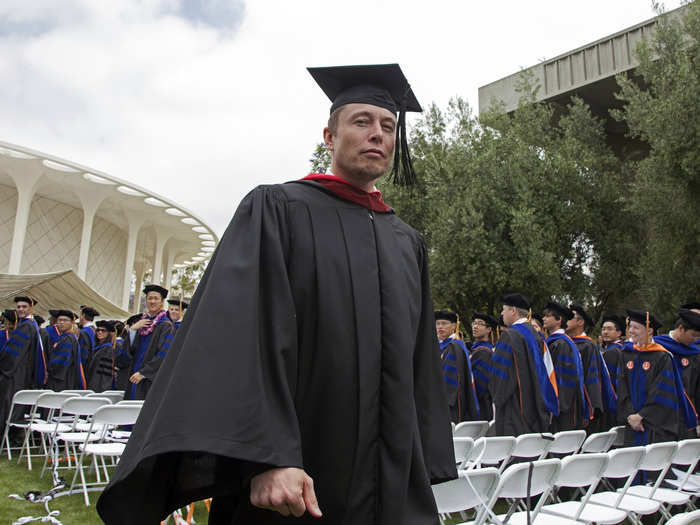
(This photo is actually from a commencement speech Musk gave at Caltech in 2012.)
While studying at the University of Pennsylvania, Musk and his fellow student Adeo Ressi rented out a 10-bedroom frat house and turned it into an official nightclub. It was an early entrepreneurial experiment.
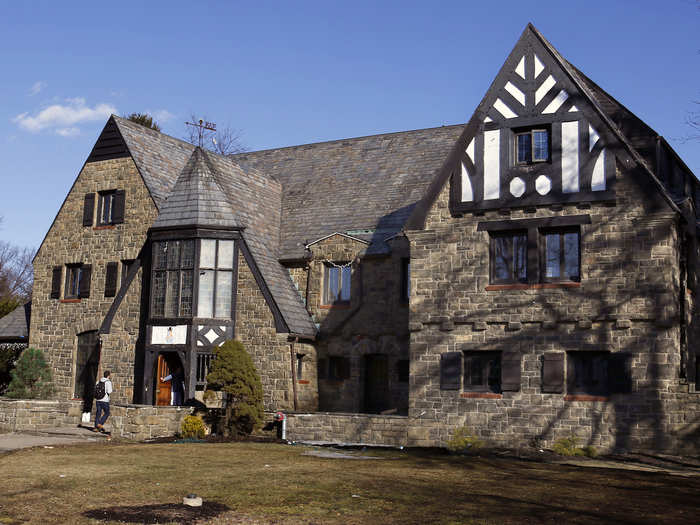
Source: Vogue
After graduation, Musk traveled to Stanford University to study for his PhD. But he ended up deferring his admission after only two days in California, deciding to test his luck in the just-beginning dot-com boom. He never returned to finish his studies at Stanford.

Musk and his brother Kimbal (pictured) took $28,000 of their father's money started Zip2, a web startup that provided city travel guides to newspapers like the New York Times and Chicago Tribune.
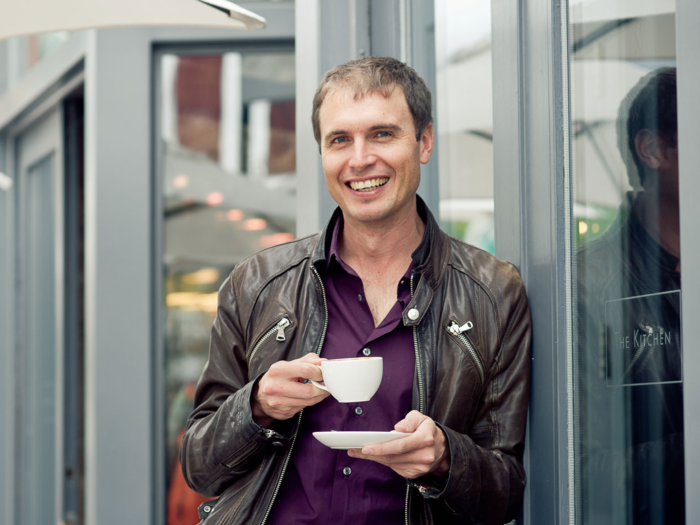
While Zip2 got off the ground, Musk once said that he literally lived in the office and showered at a local YMCA. It all paid off when Compaq bought Zip2 in a deal worth $341 million in cash and stock, making Musk $22 million.

Source: Stanford
Using $10 million of the money he got from the sale of Zip2, Musk started X.com, an online banking company, in 1999. About a year later, X.com merged with Confinity, a money startup co-founded by Peter Thiel, to form a new company called PayPal.
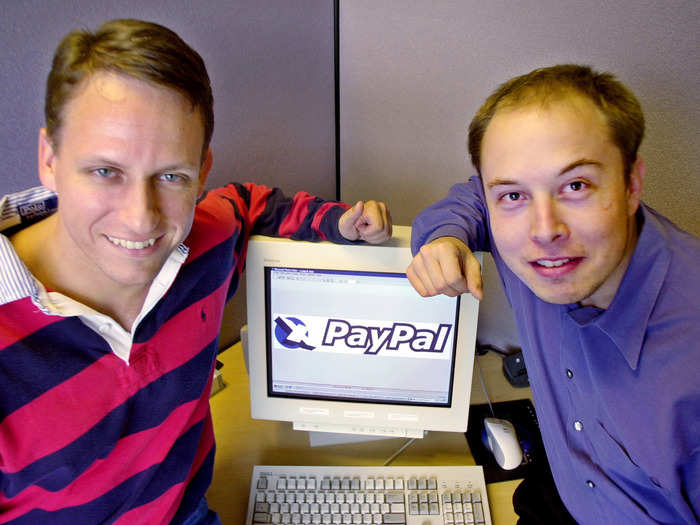
Musk was named the CEO of the newly minted PayPal. But it wouldn't last long: In October, he started a huge fight among the PayPal cofounders by pushing for them to move their servers from the free Unix operating system to Microsoft Windows. PayPal cofounder and then-CTO Max Levchin pushed back, hard.
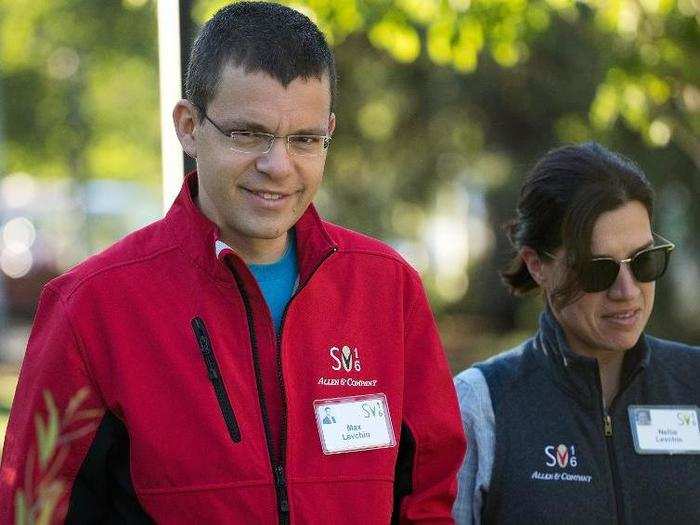
In late 2000, Musk took his first vacation in a long time. While Musk's flight was still in the air en route to Australia, PayPal's board fired him and made Thiel the new CEO. "That's the problem with vacations," Musk told Fortune years later.
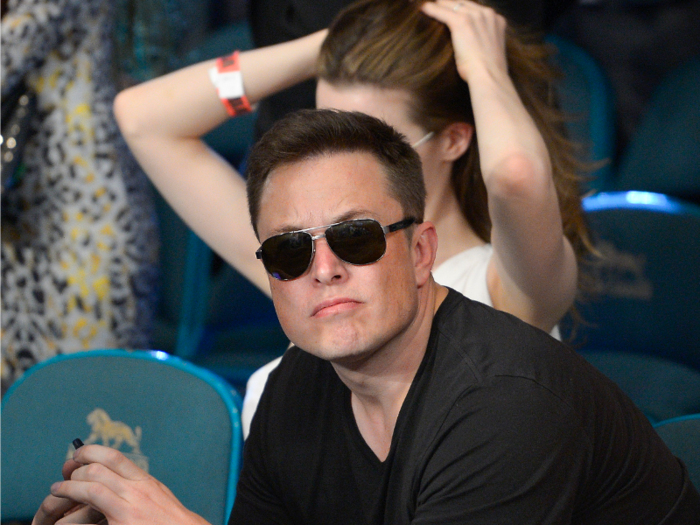
Source: Fortune
Things worked out for Musk — he stayed the single biggest shareholder in PayPal, netting him $165 million of the $1.5 billion that eBay paid for PayPal in late 2002.
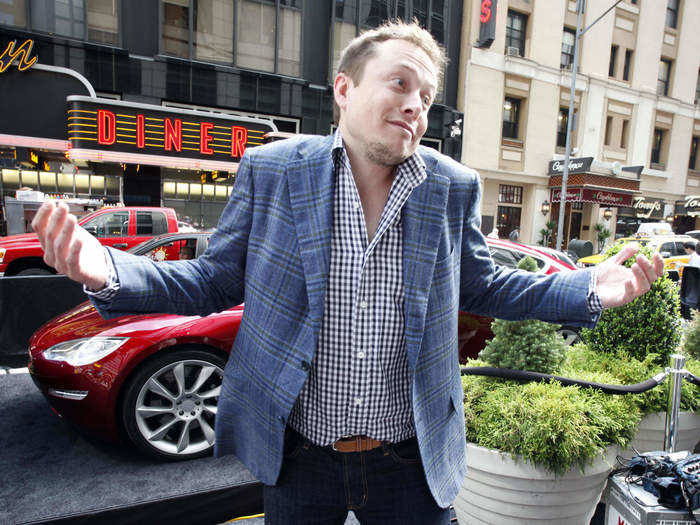
Even before the PayPal sale, though, Musk stayed on his hustle: A lifelong fan of science fiction, Musk conceived of a crazy plan to send mice or plants to Mars. He even tried to buy decommissioned Soviet missiles for that purpose. But the Russian sellers wanted $8 million or more for each, and Musk thought he could build his own cheaper...
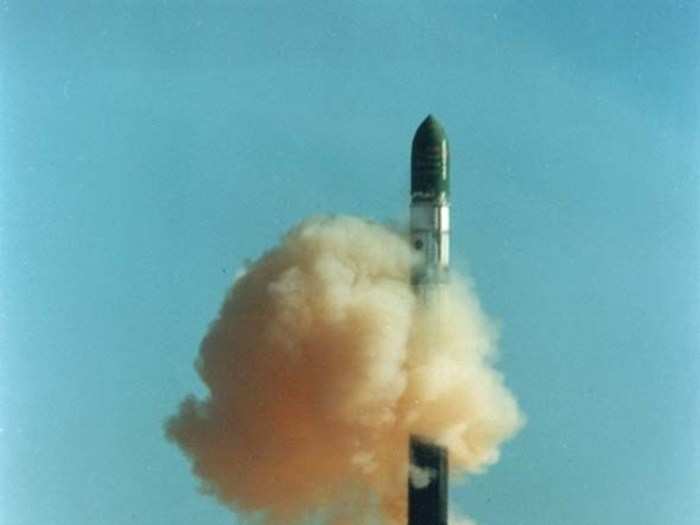
Source: Bloomberg
So in early 2002, Musk founded the company that would be known as Space Exploration Technologies, or SpaceX. Musk's goal is to build processes that would make spaceflight cheaper by a factor of ten.
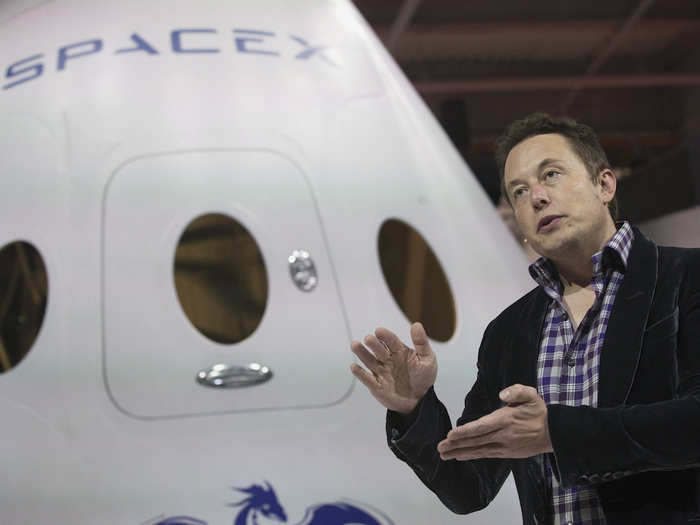
Read more about this here.
SpaceX's first vehicles were the Falcon 1 and 9 rockets, named after the Millennium Falcon of Star Wars fame...
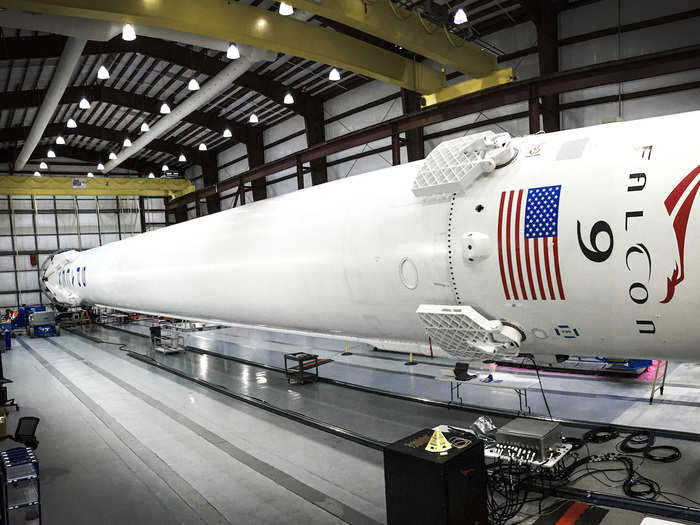
...and the SpaceX Dragon spacecraft, named after the song "Puff the Magic Dragon." That name was Musk's jab at haters who told him that SpaceX would never be able to put vehicles into space.
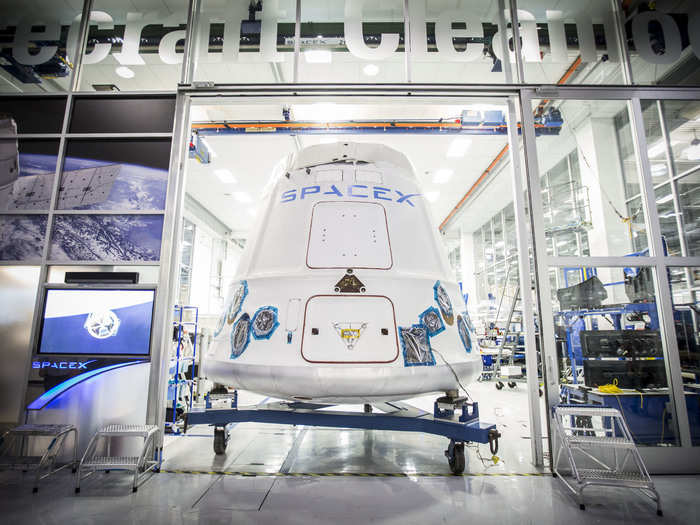
In the long term, SpaceX's goal is to make it affordable to colonize Mars. He's said that SpaceX won't IPO until what he calls the "Mars Colonial Transporter" is flying regularly.
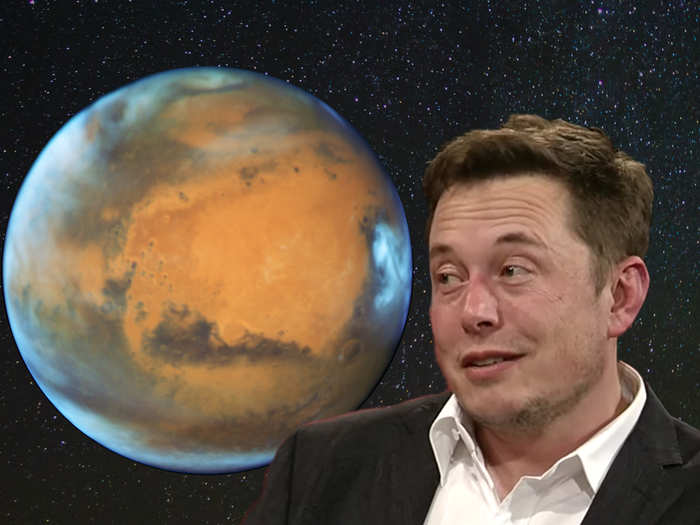
Source: Forbes
In the meanwhile, Musk was keeping plenty busy here on Earth. In 2004, he made the first of what would be $70 million of total investments in Tesla Motors, an electric car company cofounded by veteran startup exec Martin Eberhard.
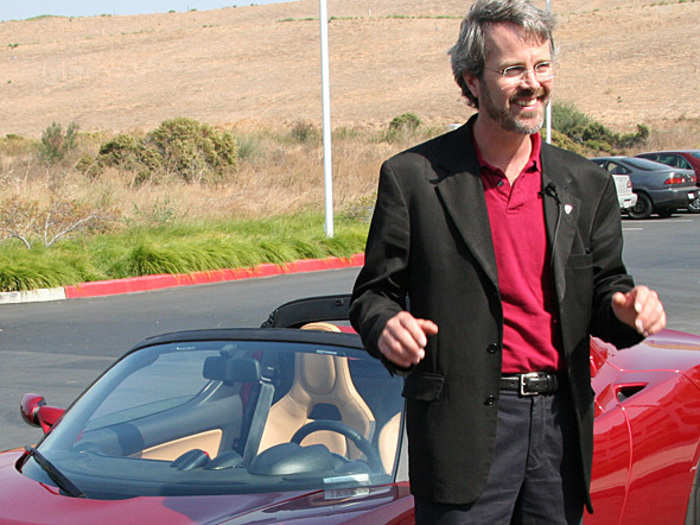
Musk took an active product role at the company, and served as Chairman of the Board. He helped develop the all-electric Tesla Roadster, the company's first car, which launched in 2006.
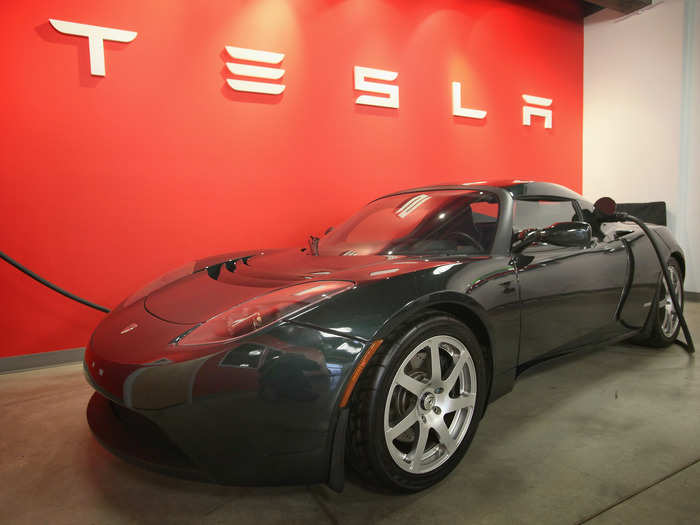
As if that wasn't enough, also in 2006, Musk came up with the idea for SolarCity, a solar energy company designed to combat global warming. He gave his cousins Peter and Lyndon Rive the working capital to get it off the ground.
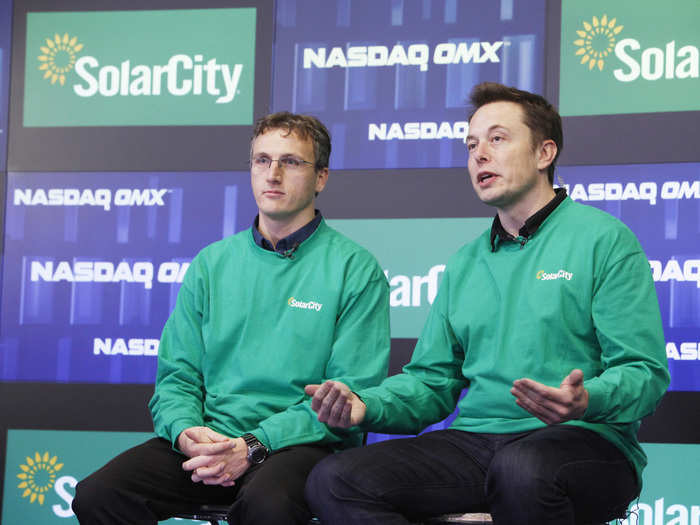
But back at Tesla, all was not well. Under Eberhard, Tesla was burning way more cash than it was taking in. In 2007, Musk staged an boardroom coup and ousted Eberhard.

In 2008, with the financial crisis seriously limiting his options, Musk invested $40 million into Tesla and loaned them $40 million more to save the company from bankruptcy. Not coincidentally, he was named CEO of Tesla that same year.
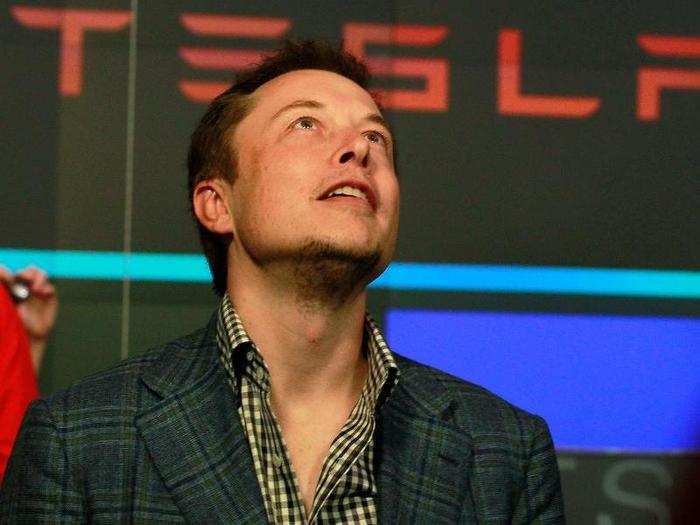
But between SpaceX, Tesla, and SolarCity, Musk actually ended up going broke. He describes 2008 as "the worst year of my life," as Tesla kept losing money and SpaceX was having trouble launching its Falcon 1 rocket. By 2009, Musk was living off personal loans just to survive.
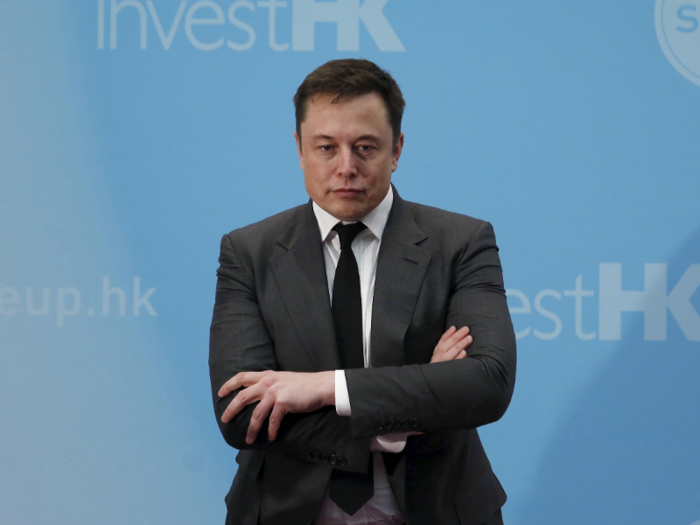
Source: VentureBeat
Around the same time, Musk was going through a divorce with Justine Musk, a Canadian author, with whom he had six sons.
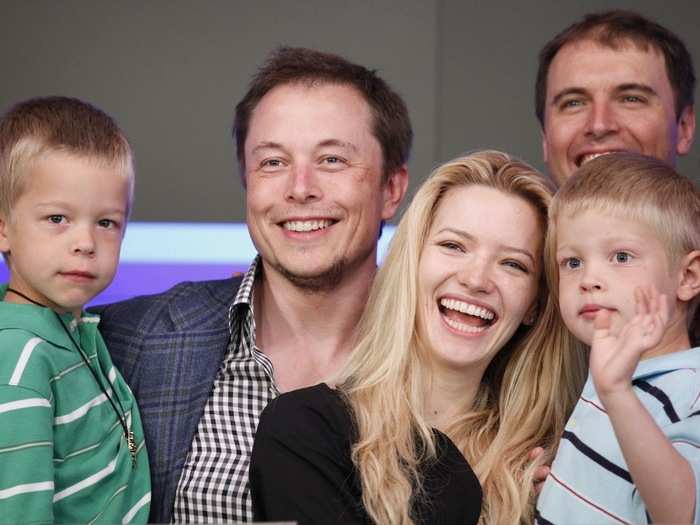
But right around Christmas 2008, Musk got two pieces of good news: SpaceX landed a $1.5 billion contract with NASA to deliver supplies into space, and Tesla finally found more outside investors. Things were suddenly looking up again.
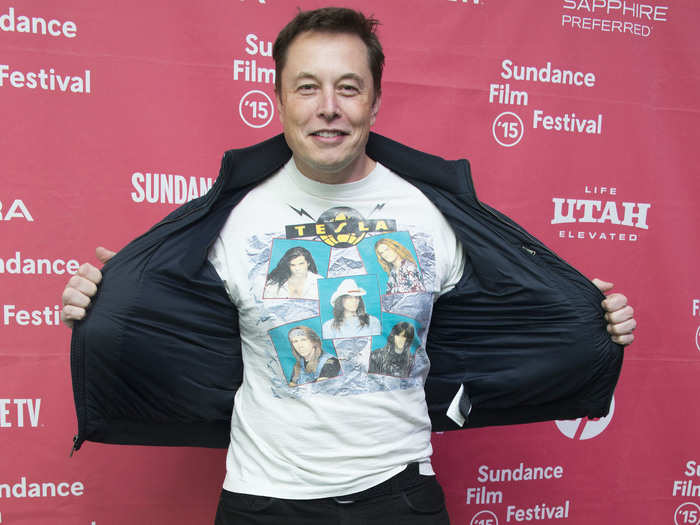
By 2010, things had seriously turned around. That June, Tesla held a $226 million IPO — the first car company to go public since Ford in 1956. In that offering, Musk sold shares worth about $15 million to get his finances back on track.
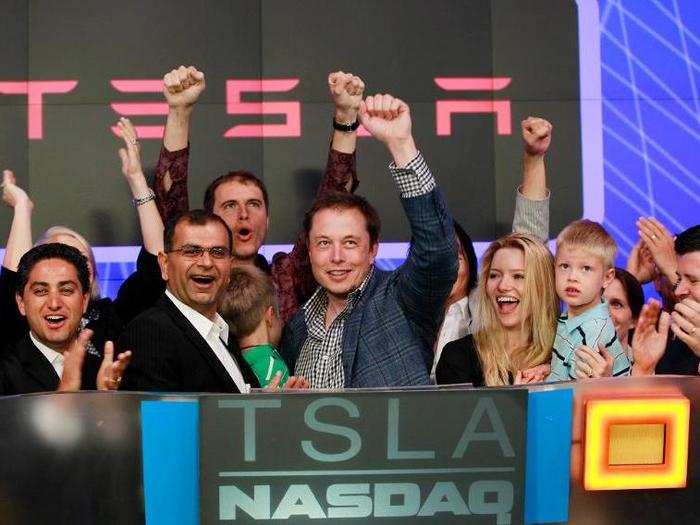
Musk's extraordinary career was starting to get noticed in other circles, too. Robert Downey Jr.'s portrayal of Tony Stark in the "Iron Man" movies is at least partially based on Elon Musk, and the entrepreneur even has a cameo in "Iron Man 2."

All the while, Musk's personal life has been in some kind of flux. In 2008, Musk started dating actress Talulah Riley. They got married in 2010 and divorced in 2012. In July 2013, they got remarried; in December 2014, Musk filed for a divorce but withdrew the paperwork; in March 2016, Riley filed for divorce.
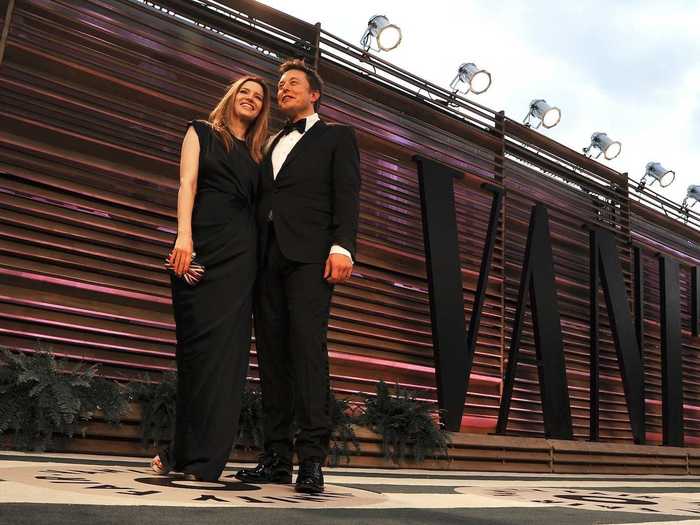
Work is going well, though. By the end of 2015, SpaceX had made 24 launches on assignments like resupplying the International Space Station, setting lots of records along the way. Most recently, the SpaceX Falcon 9 made the first successful water landing of a reusable orbital rocket.
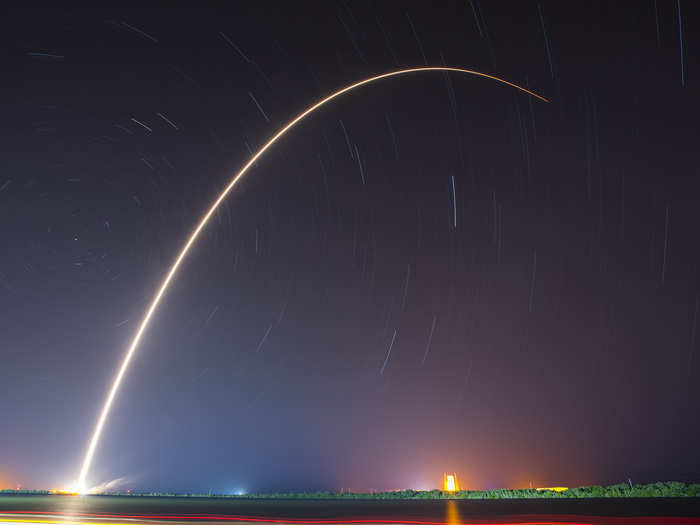
Musk can't stop coming up with new ideas, either. Even as he pushes for solar power, electric vehicles, and the colonization of Mars, Musk also designed what he calls the Hyperloop, a transport system that can get you between Los Angeles and San Francisco in 30 minutes. But he didn't start a company to push that particular technology (yet).
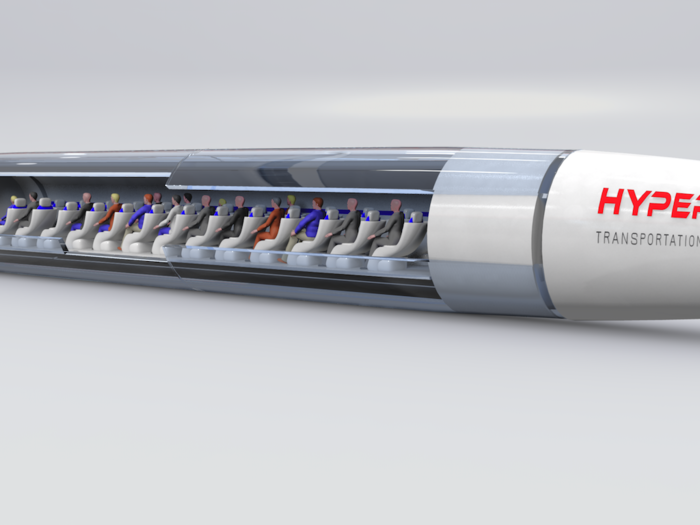
And in late 2015, Musk unveiled OpenAI, a nonprofit he cofounded to do research into making sure that artificial intelligence doesn't destroy humanity. That's a serious concern of his.
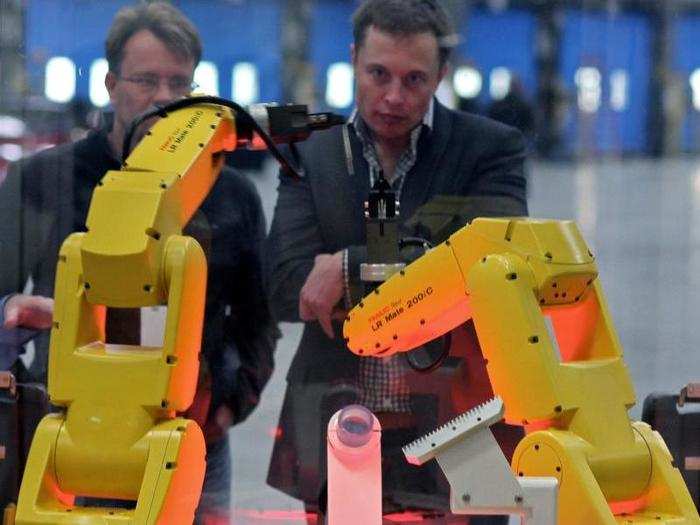
That's even as Musk pushes Tesla's "autopilot" self-driving car capabilities, available on a few select models today.
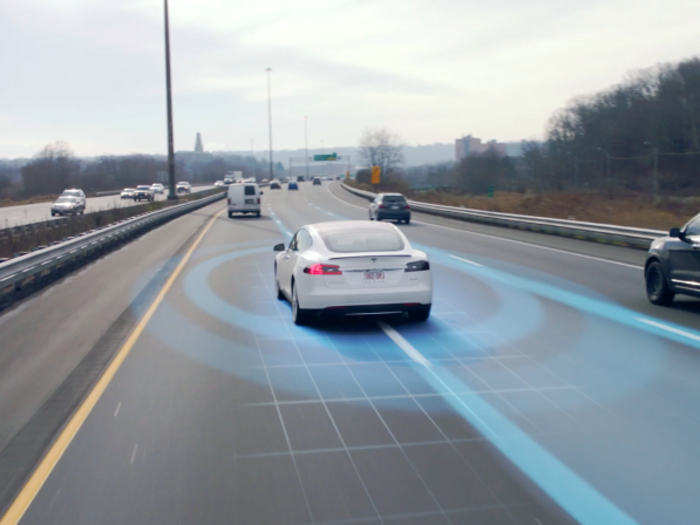
In June 2016, Musk unveiled a plan for Tesla to buy SolarCity, pushing his two big innovative ideas in power management under one roof. And the rest, as they say, is history.
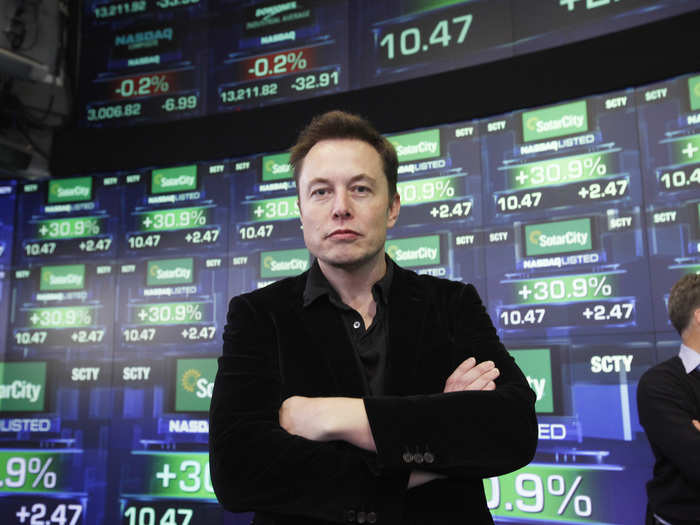
Popular Right Now
Popular Keywords
Advertisement